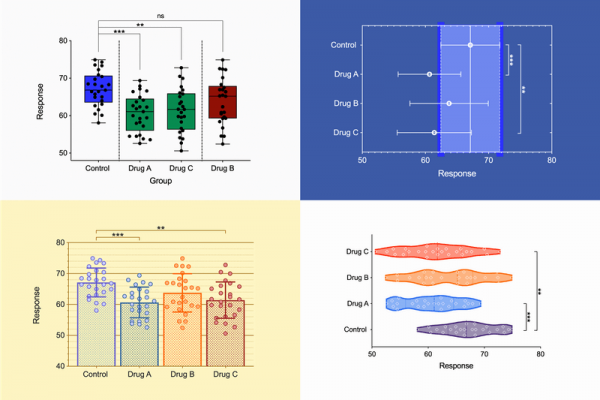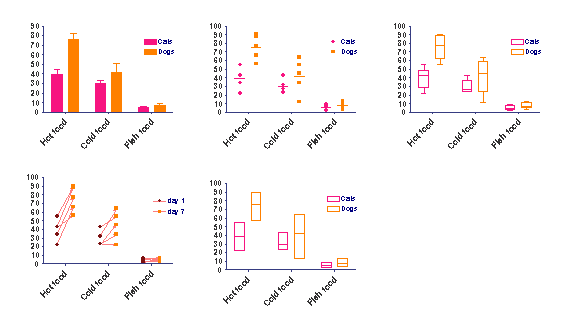

Normalize your data so responses run from 0 to 100, using your controls to define 0 and 100 using Prism's Normalize analysis.Constrain the Top and Bottom to values determined from your controls.There are two ways to include these controls in your analysis: Many experiments include controls to measure the maximum and minimum possible response. If your data doesn't really define the plateaus and you don't have any control data that assesses the top and bottom plateau, then there is no way to determine the EC50 precisely.

Think of it this way: If you have not defined "100" and "0" very precisely, you also have not defined "50" precisely, and therefore cannot determine the EC50 precisely. If those plateaus are not well defined, the EC50 will be very uncertain. The main goal of fitting the dose-response curve in many situations is to determine the best-fit value of the EC50, which is the concentration that provokes a response halfway between the top and bottom plateaus. The dose-response model has four parameters: the bottom plateau, the top plateau, the EC50, and the slope factor (which is often constrained to a standard value).


 0 kommentar(er)
0 kommentar(er)
